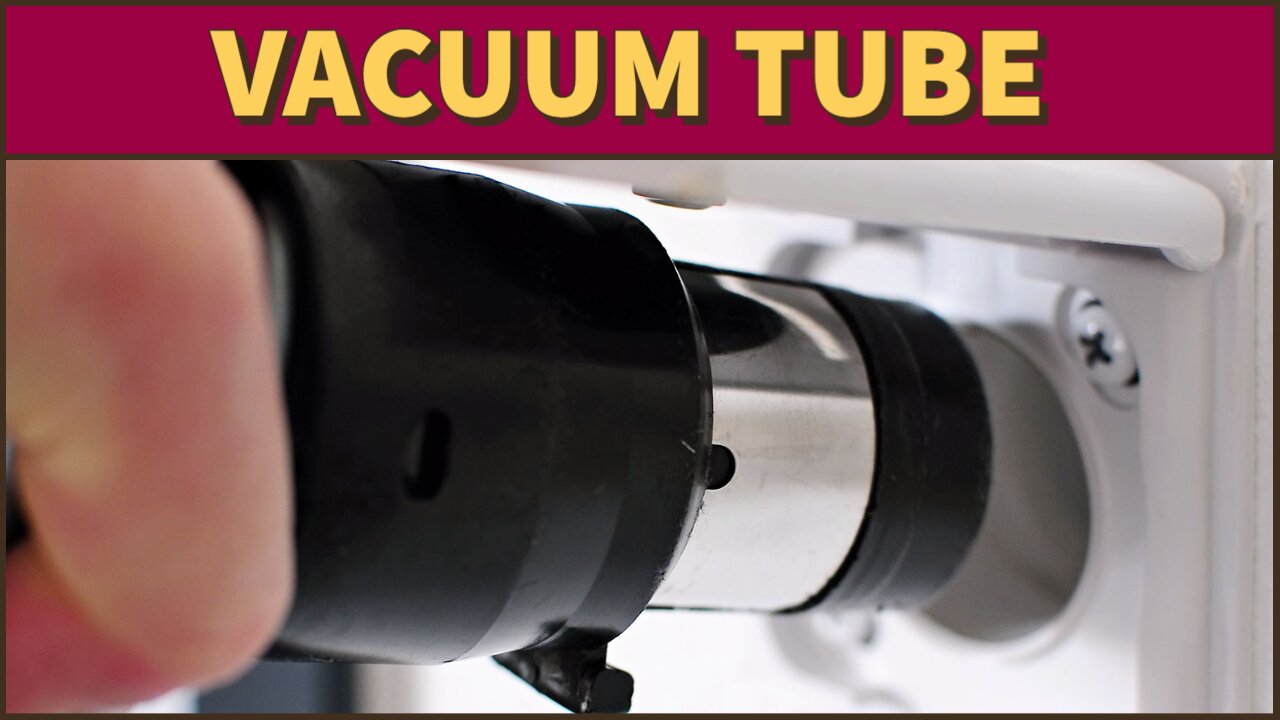Premium Only Content

How does the vacuum tube work?
Clear those pesky gas particles out of the way, and negatively charged electrons will leap straight for a positively charged metal plate.
In other words, an electrical current will flow more efficiently through a vacuum, a space free of matter.
This is the basis for the key invention of the early twentieth century: the vacuum tube.
It consists of a glass bulb emptied off air.
On one side is a metal filament, on the other a metal plate.
An electrical charge heats the filament, freezing its electrons, which are attracted to the metal plate.
Applying a current to a small grid placed between the filament and the plate makes it possible to not only transmit but also amplify electrical signals along their path.
This elaboration on the vacuum tube, known as a triode vacuum tube, revolutionized communication in the early twentieth century, enabling long-distance telephony, radio, and TV.
-
 LIVE
LIVE
The Shannon Joy Show
15 hours ago🔥🔥Are Big Tech ‘Wearables’ Really The Key To Good Health? Dr. Chad Walding Says NO! Special Health Update: (Sponsored By Native Path!)🔥🔥
442 watching -
 15:06
15:06
Doc Rich
1 day agoThey Leaked Classified Intel...
1.25K9 -
 LIVE
LIVE
I_Came_With_Fire_Podcast
10 hours agoSoft POWER: "American First" Does NOT Mean "America Alone"
198 watching -
 1:15:25
1:15:25
Wendy Bell Radio
7 hours agoPet Talk With The Pet Doc
17.4K4 -
 2:24:28
2:24:28
Squaring The Circle, A Randall Carlson Podcast
1 hour ago#053 New Discoveries In The Younger Dryas Impact Hypothesis - Squaring the Circle
682 -
 LIVE
LIVE
GritsGG
2 hours agoWe Are Winning Every Game! Win Streaking! 👑 2998+ Ws
96 watching -
 4:41
4:41
MudandMunitions
11 hours agoGlock 20 Gen 5 10mm Holster Review IWB Vedder Protuck vs JM Custom Kydex for EDC Concealed Carry
332 -
 LIVE
LIVE
FyrBorne
15 hours ago🔴Warzone M&K Sniping: Where TTK and Consistency Meet
241 watching -

DynastyXL
5 hours ago🌕 Day 6 Prepare For HORDE With MrsDynasty 🧟 Building a community first 100 Followers! (57/100)
20.3K -
 8:03
8:03
AI Sonic Memes
1 day ago $0.01 earnedAI Sonic Memes Compilation
61